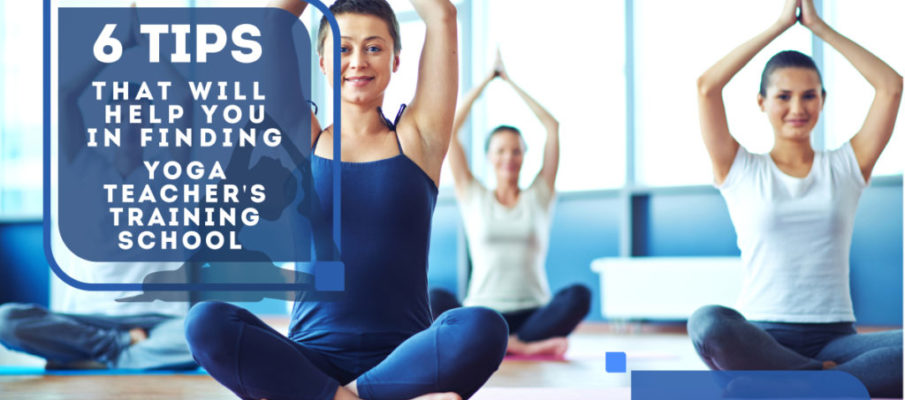So you want to do a yoga teacher training? It is great! In my opinion, even if you never want to teach a single day in your life, participating in a yoga teacher training program is one of the most amazing and transformative things you can do for yourself.
But with so many training options, how do you decide which program is right for you? How do you know if who you put a few thousand dollars in and put in at least 200 hours of your time is paying off?
If you are unsure of your options, this article is for you. I’ve created this checklist of thought to help you narrow down your search for the programs that are best for you and your life.
- Make sure your training is certified by the Yoga Alliance.
As the international umbrella organization of yoga, the Yoga Alliance has set the standard for what a properly structured teacher training program should contain.
If at some point in your future you are looking to teach yoga, you want to make sure that the training you choose is certified by the Yoga Alliance; otherwise you are not entitled to insurance.
I know it doesn’t sound like yogic, but insurance is part of the world we live in and an important point to keep in mind when shopping for a program.
I’m not saying that attending an uncertified Yoga Alliance training is a mistake – there are a multitude of good non-accredited programs out there – just know that your chances of teaching and teaching safely may be less if you do do not adhere to it responsible for this certification. in your decision.
2. Choose times that suit your life.
For some, it is much more effective to completely detach yourself from everyday life and complete a retreat-style yoga teacher training. For others, exercising in their hometown in the evenings and on weekends works best.
You need to think about it before signing up for anything. If you know life is going to distract you from your studies, you are probably better off getting out and going.
If you know you need time to take a step back and learn the concepts, you may find a longer teacher training course with pauses between sessions to help you more.
Think about how you are learning and how much life will distract you from learning. From there, you’ll have a better idea of what type of workout will serve you best.
3. Watch them teach anatomy.
It’s a big problem. Make sure your teacher training program has a solid anatomy section. I would even suggest that you do some research on what the instructor of the program you are studying should be teaching this section.
The anatomy doesn’t seem to be the biggest problem when trying to memorize all of the Sanskrit names for the poses or figuring out how to find the correct order.
Nonetheless, having a solid understanding of human anatomy will not only turn your own practice into one that is ideal for your specific body, but also allow you to be much more conscious of your teaching in public and private classes.
So, knowing that your anatomy will pay off in the long run, make sure it really gets highlighted in your program.
4. Study the history of the program.
Research the history of the company you are planning to train with.
Some companies have been around for ages, have provided teacher training for years, and have extensive experience delivering very powerful programs.
It’s not that difficult to put together a teacher training course, and just because a program is certified by the Yoga Alliance doesn’t mean it is of high quality.
If you don’t have an “in-house” studio that you know and trust to conduct your training, do a thorough background check with the company. Read reviews, speak to participants in the program, and familiarize yourself with the studio of your choice.
5. Evaluate the course program for the balance of the subjects taught.
This is my favorite tip – any training requires a minimal number of hours spent on things like posture labs, anatomy, history, and philosophy – but any teacher training will focus on different areas and bring its own style to its program.
If you are genuinely interested in the inner workings of yoga asanas, then a spirituality-centered program is probably not for you. Likewise, if you go through the Yoga Sutras in detail, you may feel less interested in a program focused on the anatomy.
Study the program and ask how many hours are spent on each topic if it is not advertised. Choose a program that speaks your language.
6. Check with the instructors.
Finally, check with the teacher trainers you plan to study with. See how long they have been teaching, how long they have been in teacher training, and even who trained them. This information will help you decide whether or not to work with them.
I’m not saying you shouldn’t train with a teacher who doesn’t have thousands of years of teaching experience – some of the best teachers I’ve worked with are relatively new – I’m just suggesting that you come up with an idea and feel your teachers.
Take public courses with teachers who are also part of your teacher education faculty. Make sure you appreciate and engage with their teaching style.
So what do you think Do these tips make choosing your program less overwhelming? When you finished your education, would you add anything else to this list?

